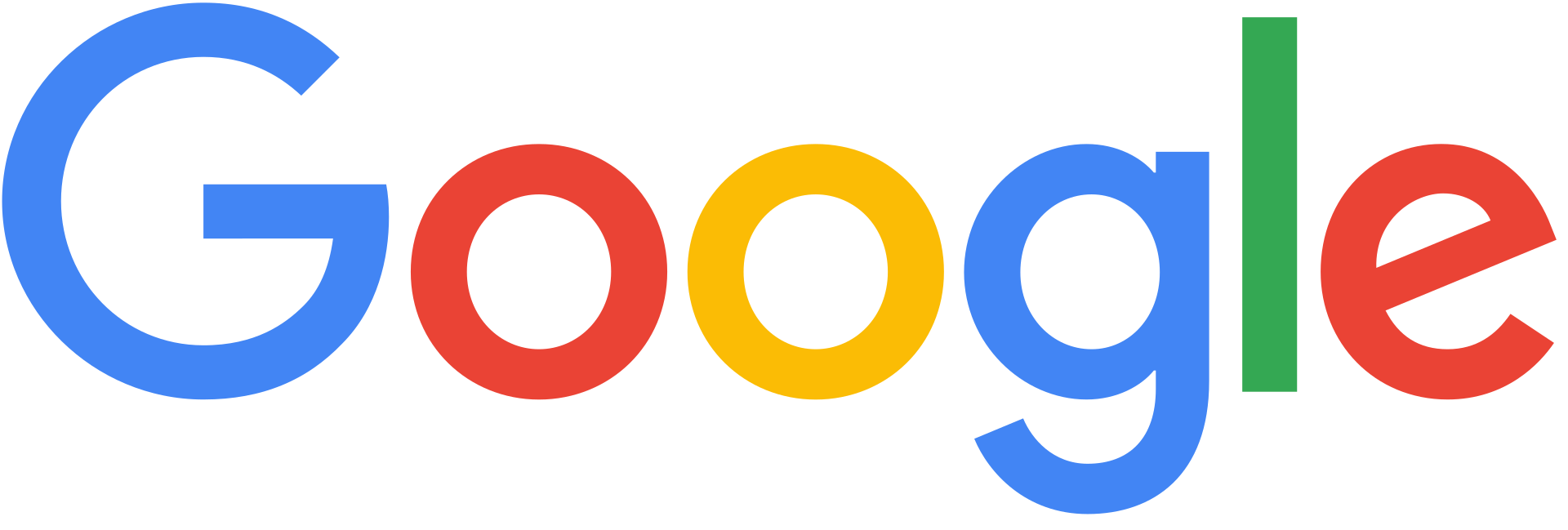
Why your company’s logo is your silent spokesperson
Sep 06, 2023
Your logo is the face of your business and conveys your brand’s personality. It acts as your silent ambassador, drawing people in as it gets more exposure to bigger audiences.
These marks do a lot of heavy lifting for small businesses wanting to present themselves as trustworthy and able to serve the needs of their customers.
So, let’s go over how valuable the design of your logo can be for your business and why it’s so effective at representing your brand.
Your logo is the first step in building your brand identity
Customers will associate your logo design with its values and mission as your business grows. It represents what you stand for and is just as important as your products and services.
It’s also part of your brand identity: the appearance, personality, and story it shares with the world. Your company logo and its defining characteristics play a role in separating your business from others with similar offerings.
This is especially important for small businesses as they build credibility, increase brand recognition, and earn customers’ trust.
As consumer trust grows, they may eventually feel that your brand reflects them personally. And in some cases, help them improve their performance.
One study found that when faced with a challenging task, such as participating in a race or taking a test, using a product from a brand helped them achieve higher performance.
The result is psychological because this achievement was due to something other than the product itself. Instead, it was brand promise given by the company. When the participants engaged in an activity, the idea of the brand and its pledge increased their performance.
So, if you sell athletic gear, there’s a chance that customers wearing them in an Iron Man contest will perform better than if they didn’t wear them at all.
And your logo can help them connect the dots between your brand and its promise.
Logos can tell a bigger brand story
For your brand to become memorable, your logo has to be visually recognizable, understandable, and unique. When you hear someone talk about “The Mouse,” you probably understand they’re referring to Disney. Even though it wasn’t explicitly said, you know what it means and what the logo looks like.
And it doesn’t include Mickey.
Disney’s logo is simple in its handwritten style yet displays a playfulness that makes sense for its brand, which promotes entertaining people of all ages.
Let’s look at another logo.
Google has always been relatively straightforward, using multicolored text as their mark. As its logo evolved, designers reduced it further and took it down to its most basic form in 2015.
The story behind the redesign was that the new logo represented innovation across multiple products, platforms, and devices. As they noted in their blog, the logo “shows you when the Google magic is working for you, even on the tiniest screens.”
It shows how logos can symbolize your business and potentially tell the story of its products subtly in its form.
People like the logos—and businesses—they see regularly
When people see your logo on your website, emails, and social posts, they’ll begin to recognize your brand and what it offers. Your logo’s purpose is to condense the idea of your business into one visual mark your customers will remember.
Eventually, this mark will become top of mind as people increasingly see it. Even children as young as three can recognize brand logos, even if they don’t know what it’s called.
Researchers in a different study wanted to expand on people’s ability to recognize brands. They also wanted to know if a person’s feelings about a logo changed based on how often they saw it.
And would they respond more positively to simple logo designs versus complicated ones?
This experiment involved two tests. In the first one, a group of adults looked at simple and complex logo designs. Researchers showed each design to the group either one time or four times. They wanted to know if seeing a logo more often made people remember and think more favorably of it.
For the second experiment, researchers had people look at logo designs from well-known companies, from start-ups to legacy brands. Like the first test, experimenters wanted to know if people would still respond positively towards the brands and remember their logos, independent of how long the company existed.
Both experiments showed that people responded more positively to brand logos, especially those more complicated in design.
The takeaway for businesses is that it doesn’t matter if your company is brand new. If you keep exposing it to people, they’ll think about it positively when they see your logo.
Building a legacy with your logo
Your logo is more than a mark. It’s the visual representation of your business and an essential piece of your brand identity. As your brand story develops, your unique logo will be the key asset that sticks in customers’ minds.
The more people see it consistently, the warmer they’ll feel towards the logo and your business. They’ll naturally associate those positive emotions with what they enjoy about your brand.
And like any relationship, over time, the one between you and your customers will naturally evolve, creating a solid affinity for your business in the future.





